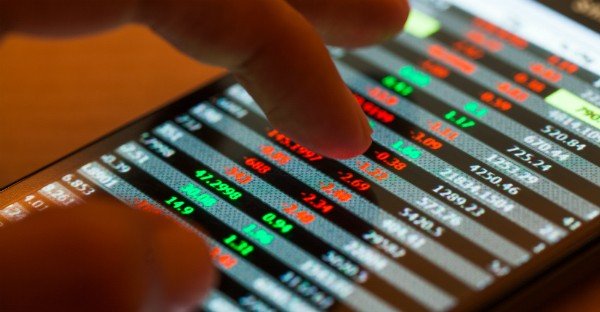April 10, 2014
Bali, Indonesia
[Editor’s Note: Sovereign Man’s Chief Investment Strategist Tim Staermose is filling in for Simon today.]
In a speech at the Boao Forum for Asia on Hainan Island today, Chinese Premier Li Keqiang announced a significant step toward the opening of China’s capital markets.
In short, it will soon be possible for Hong Kong-listed shares to be traded on the Shanghai Stock Exchange, and for Shanghai-listed shares to be traded on the Hong Kong Stock Exchange.
This is a big deal. It represents a significant step towards liberalizing China’s capital account.
And, for practical purposes, it also creates some potentially lucrative arbitrage opportunities.
Currently there are dozens of stocks that are traded both in Shanghai (as so-called “A” shares) and in Hong Kong (as “H” shares).
And in an efficient market, the two share classes should be more or less the same price.
The price of Toyota stock trading in Tokyo, for example, is essentially the same as the price of Toyota stock trading in the United States.
Even though they are traded on different stock exchanges, the two shares represent the same interest in the underlying business. Therefore they should be priced at the same level.
But this price efficiency isn’t achieved in China due to the existing capital controls.
A company that trades in both Hong Kong and Shanghai often sees substantial differences in the share prices between the two exchanges.
But based on today’s announcement, this inefficiency will soon be going away.
Not surprisingly, the price differentials between the two classes of shares on the two exchanges are already being ironed out. But there may still be some good short-term trading opportunities.
Hang Seng index services publishes an index of the relative price of Chinese “A” shares, versus Chinese “H” shares called the Hang Seng China AH Premium Index.
After today’s speech by Li Keqiang, it moved closer to equilibrium of 100 — where the prices of the two classes of shares are identical, on average.
But, it’s not there yet. It closed today at 95.37.
What that means, simply, is that for companies with dual listing, the price difference between the shares trading in Shanghai vs. the shares trading in Hong Kong is roughly 4.63%.
That’s the average. There are other companies that are trading far beyond this average.
As an example, Petrochina is one of China’s most active stocks. It trades in Hong Kong (ticker symbol 857), Shanghai (601857), and in New York (PTR).
In Hong Kong the price is currently HK$8.86, or $1.1427. In New York, where one ADR represents 100 shares of Petrochina, the per share price is currently $1.15, a difference of less than 1%.
But in Shanghai, Petrochina sells at RMB 7.73, or $1.243. That’s an 8.9% premium to today’s Hong Kong close.
With today’s announcement, we can expect the share prices to converge. Soon. Shanghai’s price will fall, and the Hong Kong and New York prices will rise.
This is basically free money for investors.
Even if I am wrong and there is no immediate pop due to the arbitrage opportunity, PTR is still selling for a very reasonable single-digit price / earnings multiple and a 4%+ dividend yield in New York.
[Editor’s note: Tim Staermose just delivered 400% investment returns to Sovereign Confidential members in just 9-months. Many of those opportunities still exist, and Tim will soon be providing even more. You can get instant access with a no-risk trial of Sovereign Confidential.]








